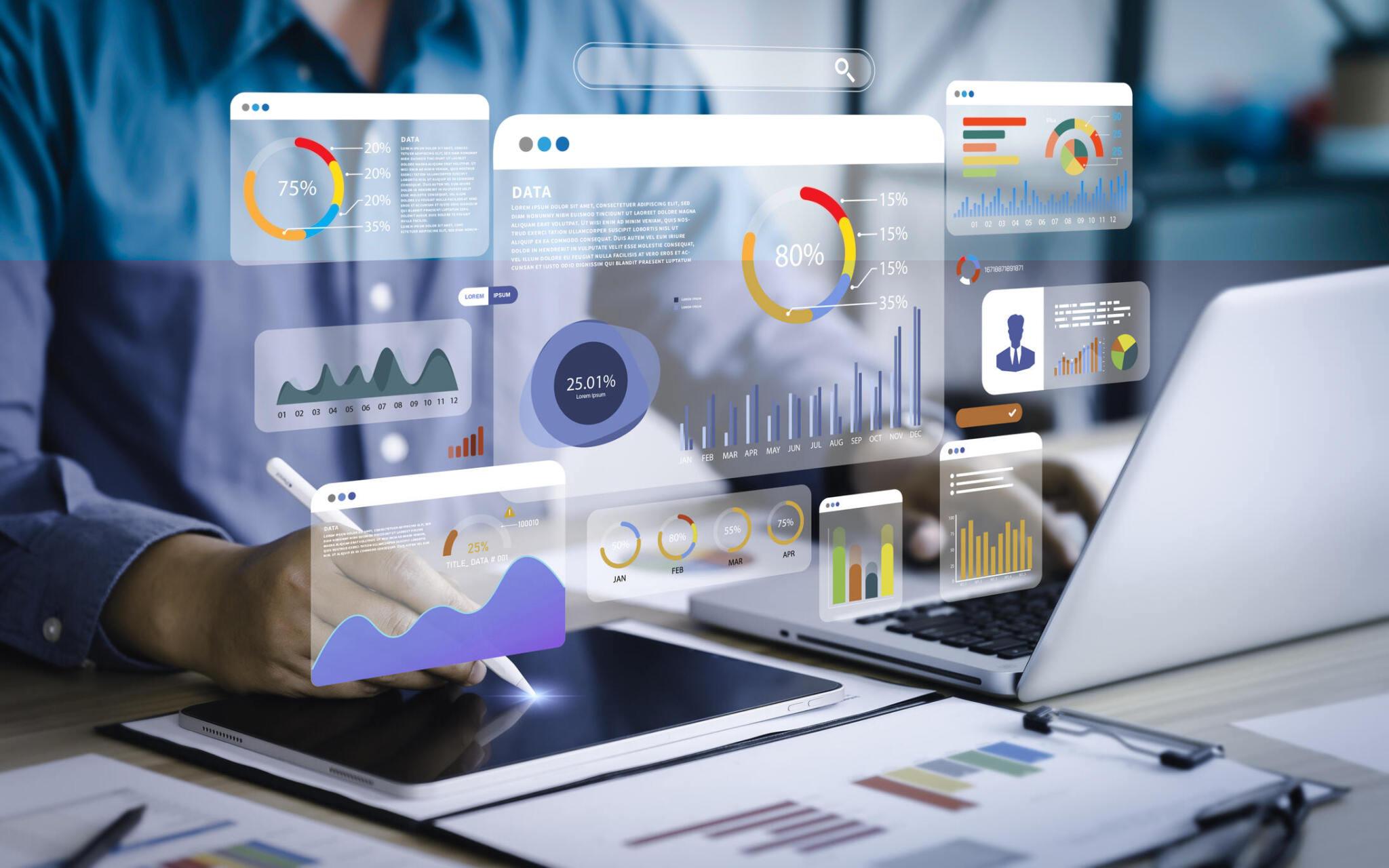
In the 21st century, educational technology has revolutionized the way we teach and learn, transforming traditional classrooms into dynamic, interactive environments. The integration of technology in schools is no longer a novel concept but a crucial component of modern education. This article explores the impact of educational technology in schools, its benefits, challenges, and the future of learning in a digitally connected world.
The Evolution of Educational Technology
Educational technology has evolved from simple tools like overhead projectors and film strips to sophisticated digital platforms and interactive devices. Early adopters of technology in education used basic tools to enhance instruction, but today’s schools are equipped with advanced resources such as smartboards, tablets, and online learning management systems (LMS). This evolution reflects a shift towards more engaging, personalized, and efficient learning experiences.
Enhancing Engagement and Interactivity
One of the most significant benefits of educational technology is its ability to enhance student engagement. Interactive tools such as smartboards and educational apps make lessons more dynamic and captivating. For instance, students can participate in real-time polls, quizzes, and collaborative projects that foster active learning. Virtual and augmented reality technologies offer immersive experiences that bring abstract concepts to life, making learning more tangible and memorable.
Personalized Learning Experiences
Educational technology facilitates personalized learning, catering to the unique needs and learning styles of individual students. Adaptive learning platforms use algorithms to assess students’ strengths and weaknesses, providing customized resources and activities that address specific areas of improvement. This personalized approach ensures that students receive the support they need at their own pace, promoting a deeper understanding of the material.
Access to a Wealth of Resources
Technology in schools provides access to a vast array of resources that were previously unavailable. Online databases, e-books, and education videos allow students and teachers to explore subjects in greater depth. These resources support diverse learning needs and offer multiple perspectives on various topics. For example, students studying history can access primary source documents, interactive timelines, and expert analyses that enrich their understanding beyond traditional textbooks.
Facilitating Collaboration and Communication
Educational technology fosters collaboration and communication among students, teachers, and parents. Tools like discussion boards, group chat platforms, and collaborative documents enable students to work together on projects, share ideas, and provide feedback. Teachers can communicate with students and parents more efficiently through digital platforms, sharing updates, assignments, and progress reports. This connectivity strengthens the educational community and supports a more holistic approach to student development.
Challenges and Considerations
Despite its numerous advantages, the integration of educational technology in schools presents several challenges. One major concern is the digital divide, where disparities in access to technology can create inequalities among students. Schools must address these gaps by ensuring that all students have access to necessary devices and reliable internet connections.
Another challenge is the need for ongoing professional development for educators. Teachers must be trained to effectively use new technologies and incorporate them into their teaching strategies. Without proper training, the potential benefits of educational technology may not be fully realized.
Additionally, there are concerns about screen time and its impact on students’ health and well-being. It’s essential for schools to balance technology use with traditional learning methods and ensure that students engage in physical activities and face-to-face interactions.
The Future of Educational Technology
Looking ahead, educational technology will continue to evolve, offering new possibilities for enhancing learning experiences. Innovations such as artificial intelligence (AI) and machine learning have the potential to further personalize education by providing real-time feedback and predictive analytics. AI-driven tools can assist teachers in identifying students’ learning patterns and tailoring instruction accordingly.
The integration of blockchain technology in education could also revolutionize the way academic records are managed, ensuring transparency and security. Additionally, the development of more advanced virtual and augmented reality applications may provide even more immersive learning experiences.
Conclusion
Educational technology in schools has transformed the landscape of education, offering new opportunities for engagement, personalization, and access to resources. While there are challenges to address, the benefits of integrating technology into the classroom are undeniable. As technology continues to advance, it will play an increasingly vital role in shaping the future of education, preparing students for a world that is more interconnected and digitally driven. Embracing these innovations while addressing the associated challenges will be key to unlocking the full potential of educational technology and ensuring that all students have the opportunity to succeed in their learning journeys.

